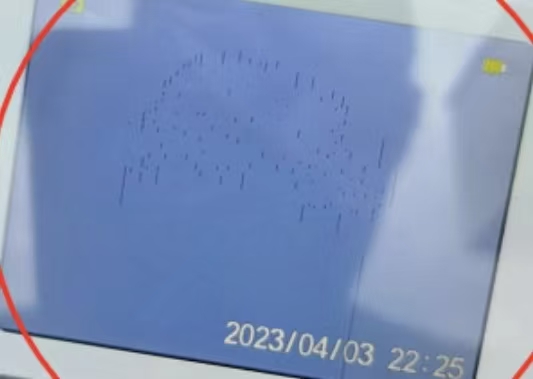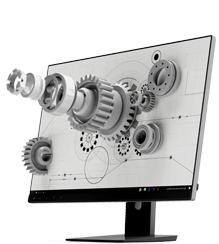What is the residual image phenomenon of LCD screen?

Liquid crystal display (LCD), as one of the most widely used display technologies today, plays an important role
Liquid crystal display (LCD), as one of the most widely used display technologies today, plays an important role in various electronic devices. However, many users have encountered this problem: when the screen is switched, the image of the previous screen still briefly stays, forming the so-called "afterimage" phenomenon. This phenomenon not only affects the visual experience, but long-term accumulation may also cause permanent damage to the display effect. I will further explore the formation mechanism of LCD screen residual images, the characteristics of different types of residual images, and comprehensive solutions from material selection to driver optimization, in order to help readers fully understand this technical challenge and provide professional guidance for the selection, use, and maintenance of display devices.
The basic concept and impact of afterimage phenomenon
Image sticking, also known as "image sticking" or "burn-in phenomenon" in the field of display technology, refers to the abnormal display phenomenon where the previously displayed content remains briefly visible when the screen content switches after displaying the same still image for a long time. Unlike what people often refer to as "response time", residual images usually last for several seconds or even longer before gradually disappearing, while the typical response time of LCD is only between tens of milliseconds. This difference clearly indicates that residual images and simple pixel switching speed belong to different types of problems.
From the perspective of display effect, afterimages mainly manifest in two forms: one is "positive afterimage", which means that the previously displayed dark areas appear darker in the new image, while the previously bright areas appear brighter; Another type is' negative afterimage ', which is exactly the opposite. The previously dark areas appear brighter in the new image, while the previously bright areas appear darker. This visual residual can significantly reduce the contrast and clarity of the displayed content, especially in applications such as medical diagnosis and industrial control that require high display accuracy. Residual images may lead to serious misjudgments and operational errors.
The residual image phenomenon has varying degrees of impact on different types of LCD panels. Among various LCD technologies, IPS (planar switching) and FFS (edge field switching) panels have particularly prominent residual image problems due to their unique internal structures. This is because the pixel electrodes and common electrodes of IPS/FFS technology are located on the same substrate and distributed laterally, resulting in uneven distribution of the in-plane electric field and easy generation of DC bias. Meanwhile, this type of panel lacks the common indium tin oxide (ITO) shielding layer in TN (twisted nematic) liquid crystals, making it easier for ionic impurities in the organic layer to enter the ITO film of the liquid crystal layer, causing residual charges to interfere with the electric field.
From an industrial perspective, the issue of residual images is directly related to the quality evaluation and market competitiveness of LCD display products. Panel manufacturers will conduct strict residual image testing, with common methods including displaying black and white checkerboard patterns at room temperature for 12 hours, and then switching to 128 grayscale for observation. The standard requires residual images to disappear within 5 seconds. Panels that fail such tests are typically downgraded or scrapped, resulting in significant economic losses. For end users, serious residual image problems often mean the need to replace display devices in advance, increasing usage costs.
It is worth noting that the afterimage phenomenon is not unique to LCD displays, and similar "burn-in" problems also exist in OLED and plasma displays. However, compared to these technologies, LCD residual images are mostly reversible and can usually be restored through appropriate processing methods, such as prolonged power outages or displaying a completely white image. This feature allows LCD to maintain certain advantages in application scenarios that require long-term display of static images, but at the same time, it also requires users and developers to have a deeper understanding of residual image problems in order to effectively prevent and respond to them.










